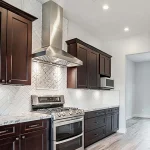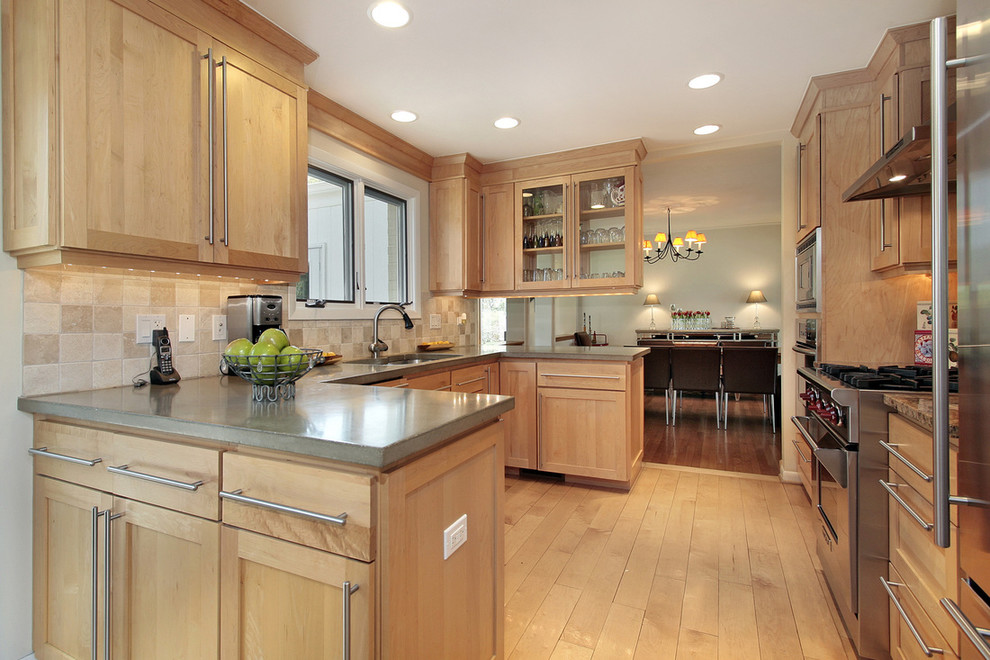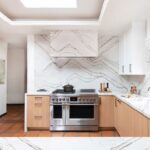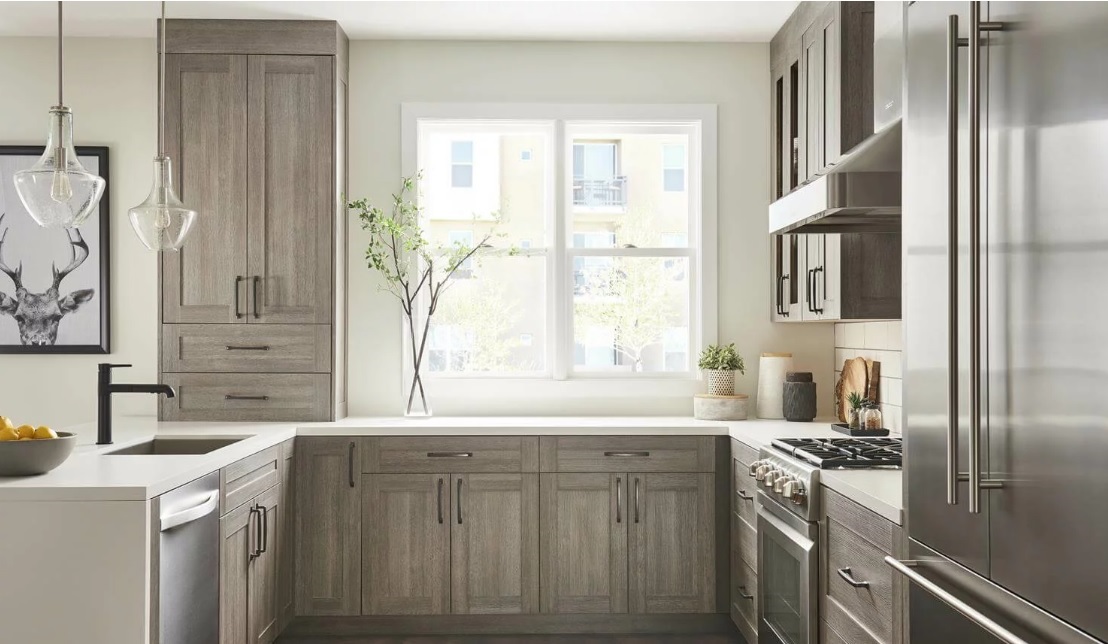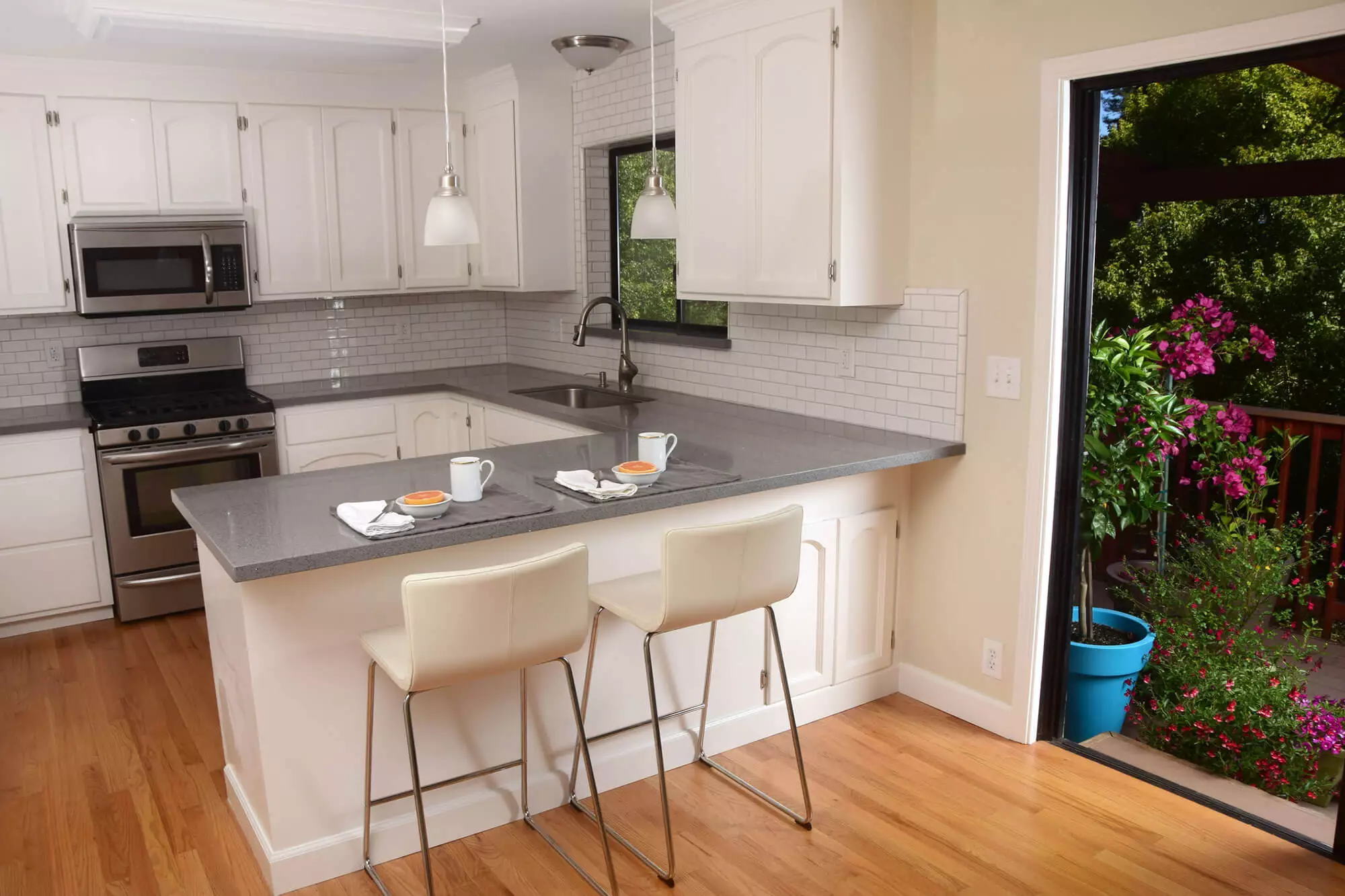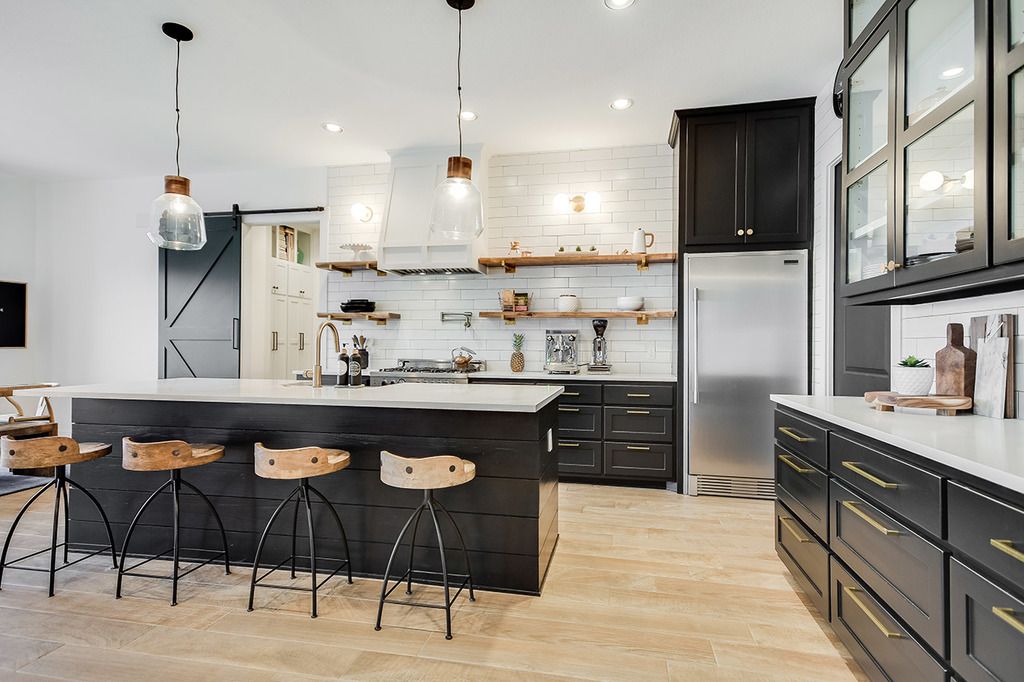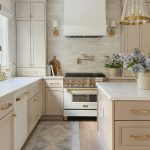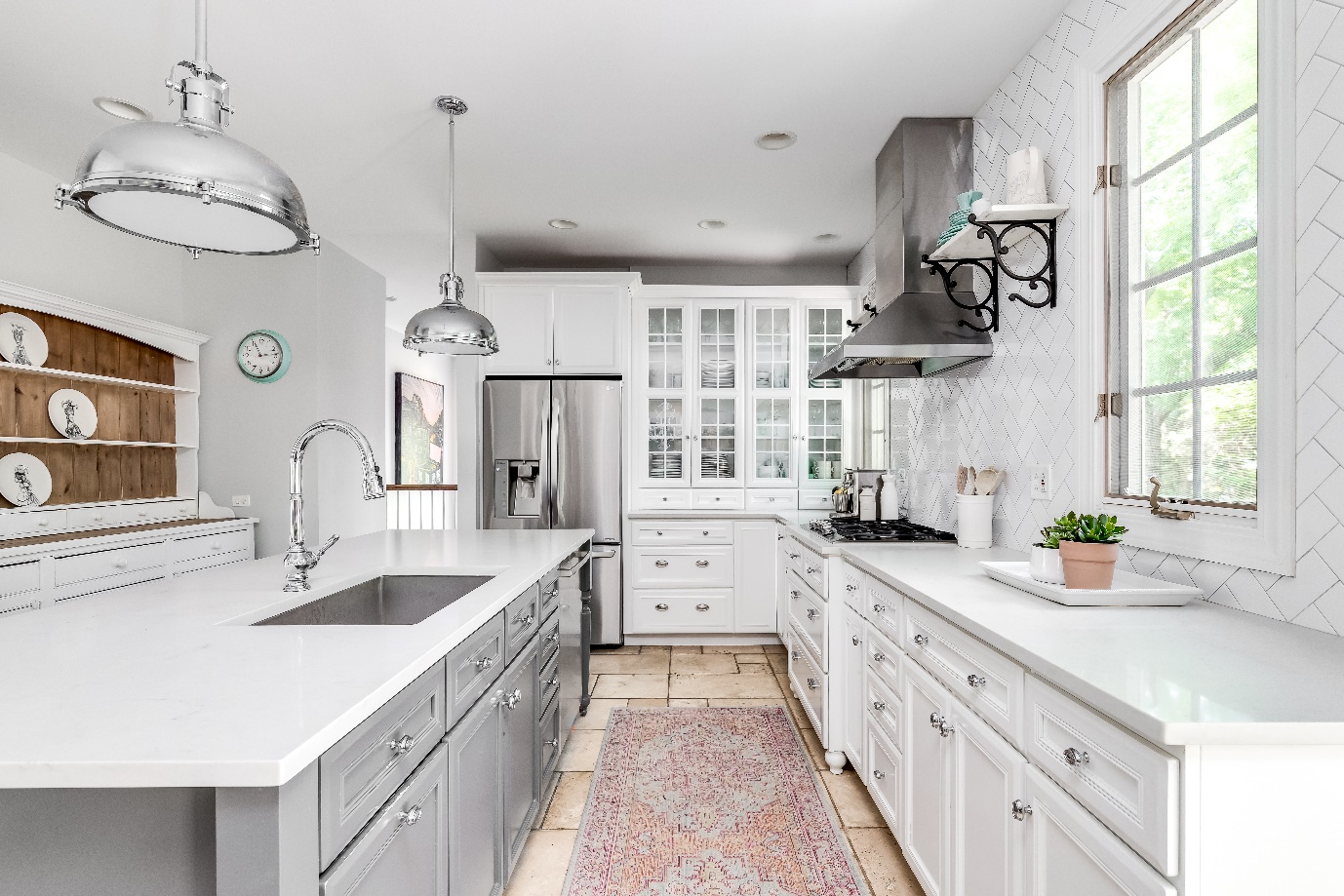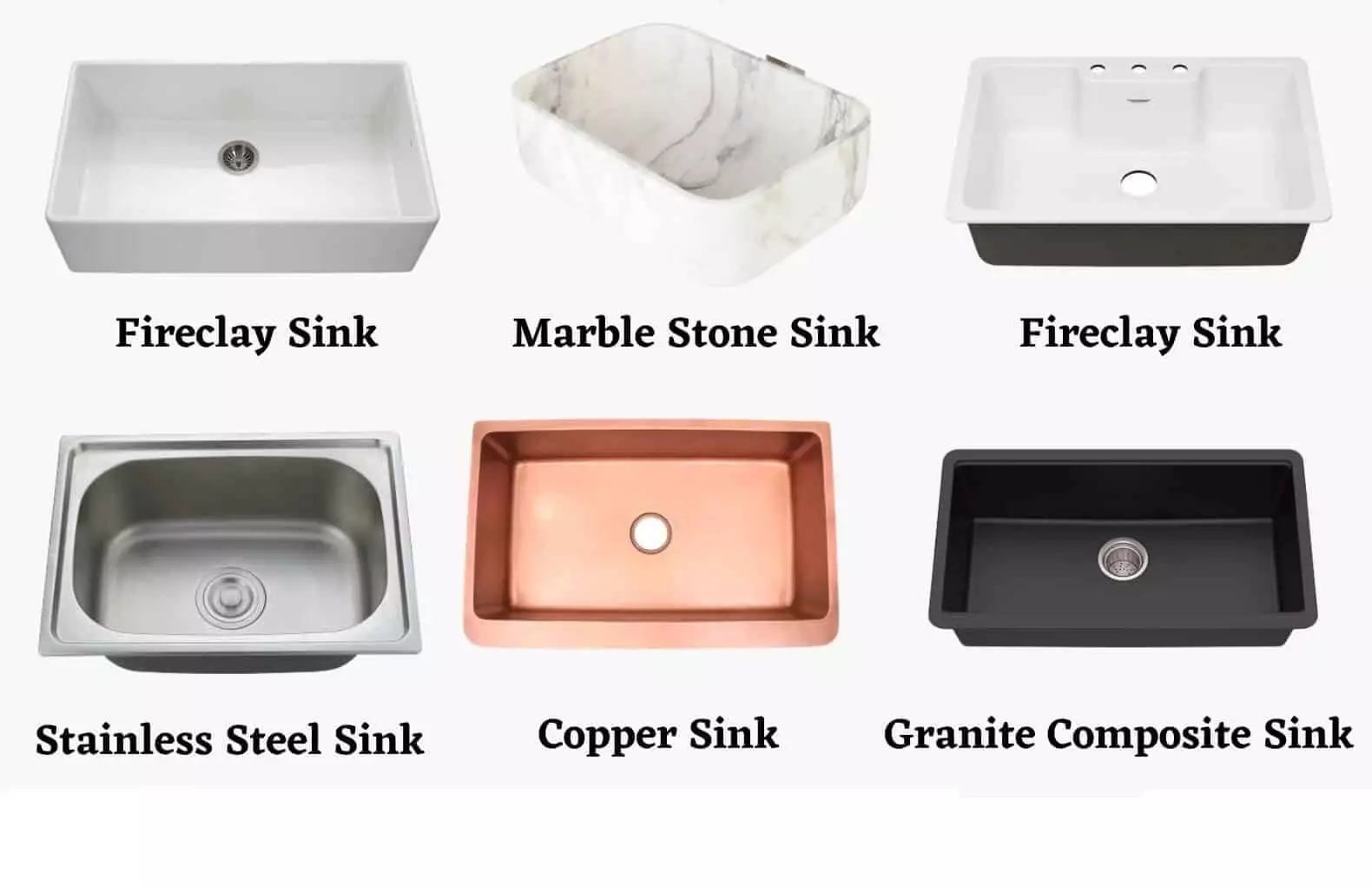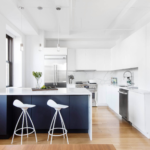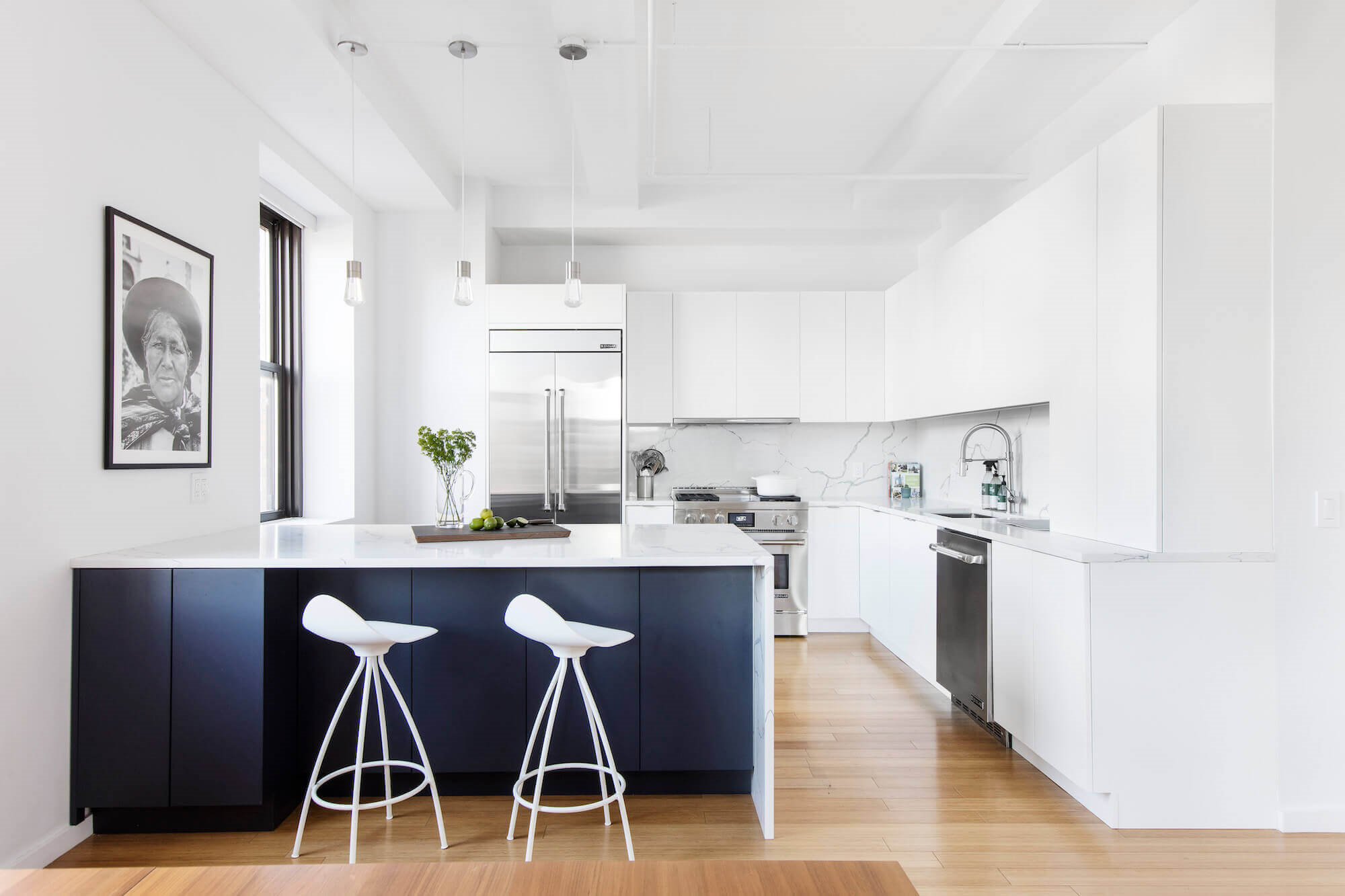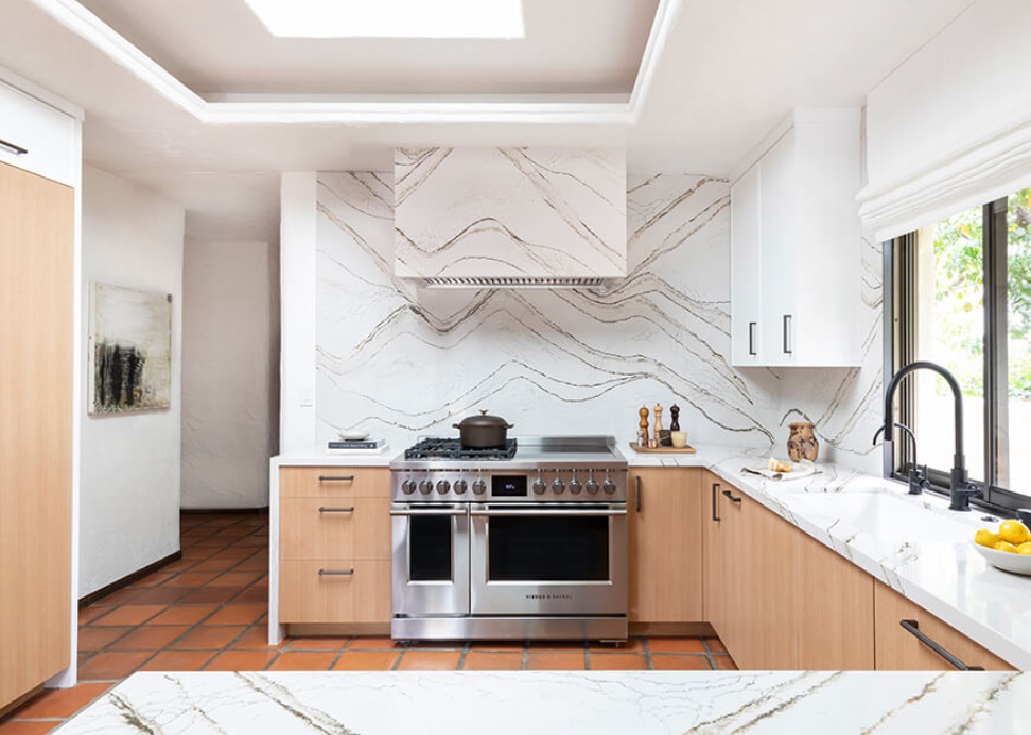When planning or remodeling a kitchen, many homeowners focus on visible design elements—cabinets, flooring, backsplashes, appliances—but overlook a vital functional component: ventilation. A range hood insert can be an elegant yet powerful solution. Below, we’ll explain exactly what a range hood insert is, how it works, and why it might be the ideal choice for your kitchen.
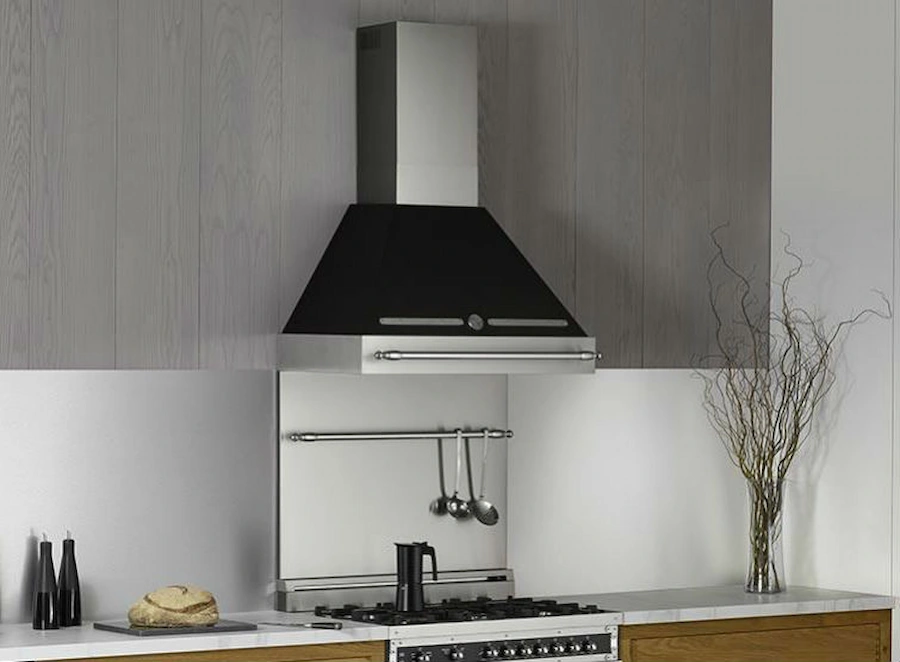
Content
What Is a Range Hood Insert?
In its simplest form, a range hood insert is the “guts” of a ventilation hood—the blower (fan), lights, filters, and controls—designed to be installed inside a custom enclosure or built-in hood structure, rather than being a standalone outer hood. In other words, the insert is the hidden mechanical core, while the external hood cover (wood, metal, plaster, etc.) is built around it to suit your decor.
Unlike off-the-shelf hoods that come with their complete housing, an insert offers flexibility: you can tailor the style, materials, and finish of the outer structure without compromising on ventilation performance. Many designers refer to inserts as “liners” for this reason.
How It Works: Venting Options & Components
1. Airflow & Filtration
The insert draws air (with smoke, steam, grease, and odors) from above your cooking surface through filters—typically stainless steel baffle filters—that trap grease particles. The cleaned air then travels either:
- Ducted (vented out) of the home via ductwork
- Recirculated back into the kitchen through charcoal or carbon filters (in ductless setups)
Ducted configurations tend to be more effective at removing heat, moisture, and odors entirely from the house, while ductless ones are helpful when venting outdoors is not feasible.
2. Blower Options
Inserts may come with different blower (fan) configurations:
- Local / internal blower: the motor is inside the hood enclosure itself
- Inline blower: mounted in the duct run, between the hood and outlet
- Remote blower: placed entirely away from the kitchen (e.g. in an attic or exterior wall) to reduce noise
Many modern inserts support variable-speed blowers, which helps you adjust performance (and noise) to your cooking needs.
3. Sizing & Capacity (CFM)
To choose an appropriate insert, you’ll need to match the width and airflow (measured in cubic feet per minute, or CFM) to your cooktop and kitchen. Most residential inserts range between 600 to 1200 CFM for effective ventilation.
Regarding width, the insert is typically a little narrower than the outer hood surround so it slides into the enclosure. A common best practice is to size your custom hood a few inches wider than the cooktop, and then choose an insert that fits that opening.
Why Should You Consider a Range Hood Insert?
1. Custom Style & Design Flexibility
One of the biggest selling points is design freedom. With a range hood insert, you can build a hood that perfectly matches or complements your cabinets, materials, or architectural style. Whether you prefer a classic wooden surround, sleek metal finish, plaster or stone detailing, or want the hood to vanish into the cabinetry, an insert gives you that flexibility.
It’s a great way to achieve a cohesive kitchen look, with clean lines and no bulky, standalone hood box interrupting the visual flow.
2. High Performance & Air Quality
A well-chosen insert provides the same (or better) ventilation performance as a standalone hood. It helps remove smoke, odors, grease, and excess humidity from cooking. This helps protect your kitchen surfaces, reduces cleaning, and contributes to better indoor air quality.
Because loud blowers can be placed remotely in some configurations, you can often achieve quieter operation in the kitchen.
3. Seamless Integration & Space Efficiency
Because the insert is hidden inside cabinetry or a custom enclosure, it doesn’t add bulk or disrupt your kitchen’s architectural lines. This is particularly relevant in upscale kitchens that emphasize minimalism or integrated design.
4. Better Long-term Value
With an insert, the decorative hood (the external structure) is separate from the functional ventilation parts. If the fan or motor ever needs replacement, the insert can be updated without redoing the entire decorative hood. This modularity improves serviceability and long-term flexibility.
Also, in many modern or high-end kitchens, hood inserts are considered an upgrade, contributing to aesthetics and perceived kitchen value.
Considerations & Potential Drawbacks
- Complexity of installation: Because you need to build or fit a custom enclosure around the insert, planning, design, and installation are more involved than simply mounting a ready-made hood.
- Ducting constraints: If ducting externally is difficult in your home, a ductless configuration may be your only option—but ductless tends to be less effective at removing heat and moisture.
- Cost: You’ll have the cost of the insert itself plus the custom hood surround construction.
- Noise and maintenance: Even though remote blowers can reduce noise, maintenance (filter cleaning, motor servicing) must be considered in the design.
Final Thoughts
Discover the perfect balance of style and performance with a range hood insert from Futuryhome. Designed for those who value both powerful ventilation and design flexibility, these inserts let you customize the visible hood to match your unique kitchen aesthetic. Whether you’re remodeling or building from scratch, a Futuryhome range hood insert ensures a clean, smoke-free, and odor-free cooking space while delivering that seamless, premium integrated look.

Wesley is a home improvement blogger who strives to improve his life and the lives of others. He provides homeowners with helpful tips on how to renovate their homes. His goal is not only to provide easy-to-follow instructions, but also share his own personal experiences for those seeking guidance.

